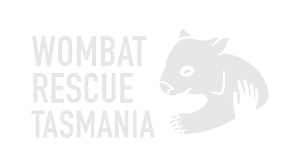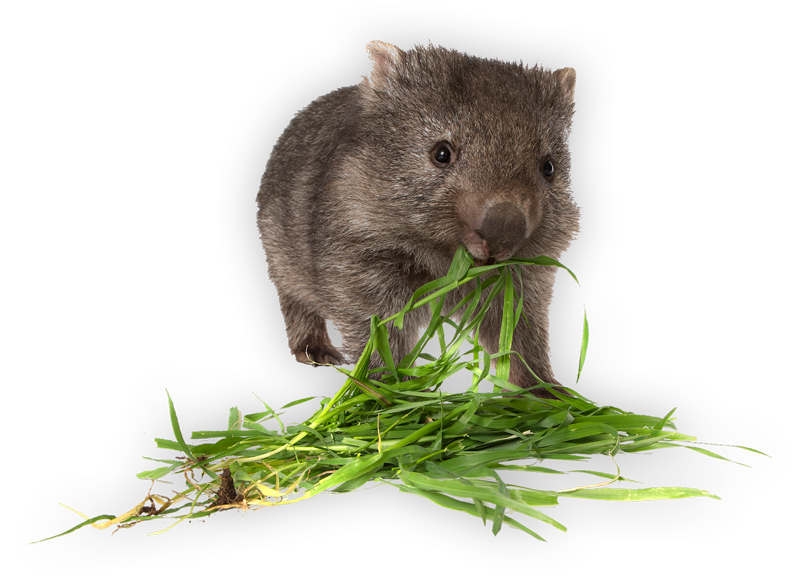How we treat mange
HOW ARE WOMBATS TREATED?
The burrow flap method of treatment is used to dispense Cydectin, a chemical that is used to treat the parasitic mite under permit conditions, once weekly for 8 weeks and 4 treatments at fortnightly intervals for a total of 12 doses.
The flap is on a wire frame, which can be pushed into the earth at the entrance to the burrow. The wombat receives a dose once it pushes past the flap.
Another way is the direct method, which uses a pole and scoop to administer the chemical at the back of the neck and along the wombat’s back.
This is effective for the first few doses, but once the wombat starts to feel a bit better, it may not emerge from its burrow in the daytime, so this is when the flap treatment is very effective.
All it takes is for the volunteer to refill once a week and and occasional clean of the bottle top to remove dirt.
Cameras can be placed overnight to check the progress of a recovering wombat.
Stage of recovery
After about the 4th treatment, wombats often look worse as the scabs start to lift off and expose reddish skin, but after a short while, new hair can be seen growing on the flanks. Hair and eyes start to look better as the scabs clear and the wombat becomes more active.

Treatment kits
WRT supplies treatment kits free of charge as requested by individuals, Parks and Wildlife, and land owners (private and companies) around the state. The kits contain the wire frame, flap, Cydectin, gloves, and treatment instructions.
Volunteers
The burrow flap method is labour intensive and does require a regular commitment by volunteers who undertake to treat an area where mange has been identified.
All volunteers, including the people who receive treatment kits, undergo training as required by Department of Primary Industries, Parks, Water and Environment (DPIPWE) Mange Management Protocol.
This includes the safe-handling of the chemical Cydectin as per the Australian Pesticides Veterinarian Medical Authority.
Volunteers are covered under our insurance for an annual membership of $20.
If you are interested in becoming a volunteer, please give us a call.





Keep In Touch